Catalog
Search
213 products
View:
- Selected: 1Areas of use
- Selected: 0Item names
- Selected: 0Manufacturer
- Selected: 0Made in
- Selected: 0Additional
View:
213 products
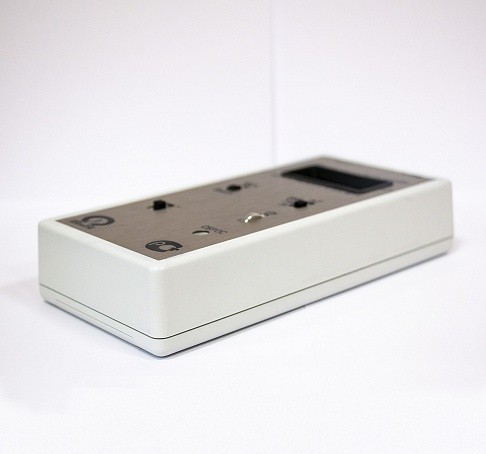

Accessories for oscilloscopes C8
from
735 855 ₽
VNIIFTRI
Mendeleevo
Produced in: Mendeleevo, Moscow region
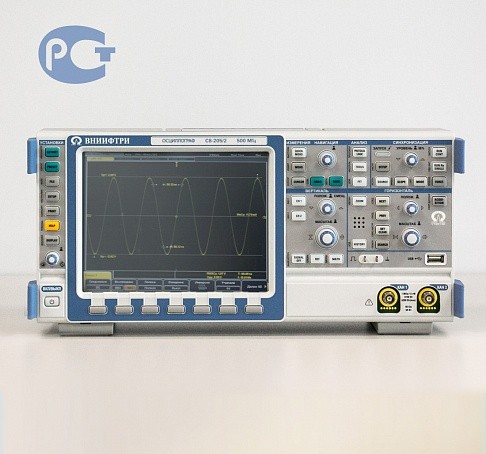
Digital storage oscilloscope S8-205/2
from
954 216 ₽
VNIIFTRI
Mendeleevo
Produced in: Mendeleevo, Moscow region
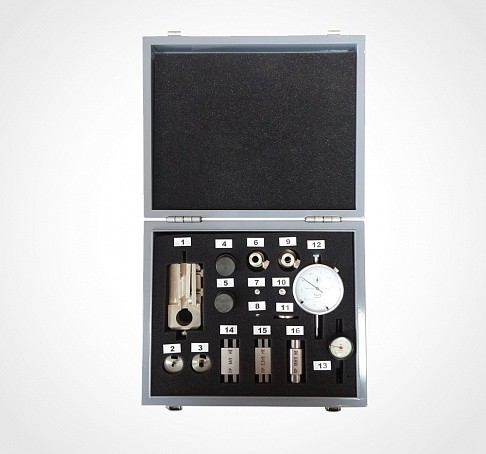
Kit for measuring coaxial connectors KISK-16M
from
178 000 ₽
VNIIFTRI
Mendeleevo
Produced in: Mendeleevo, Moscow
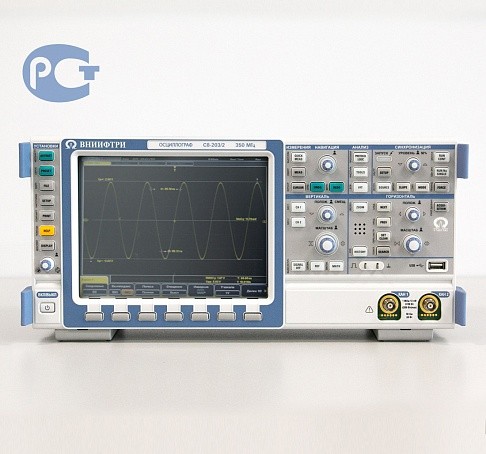
Digital Storage Oscilloscopes S8-203/2
from
735 855 ₽
VNIIFTRI
Mendeleevo
Produced in: Mendeleevo, Moscow
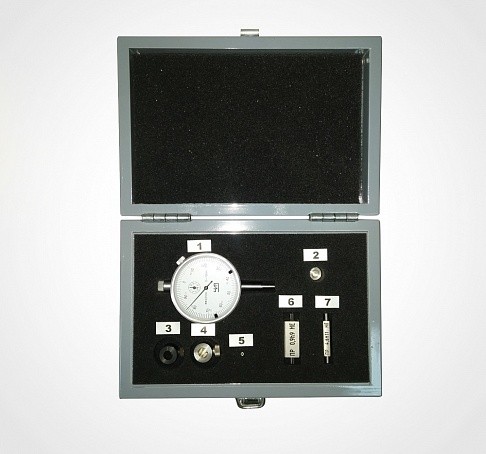
Kit for measuring coaxial connectors KISK-3.5M
from
170 000 ₽
VNIIFTRI
Mendeleevo
Produced in: Mendeleevo, Moscow region
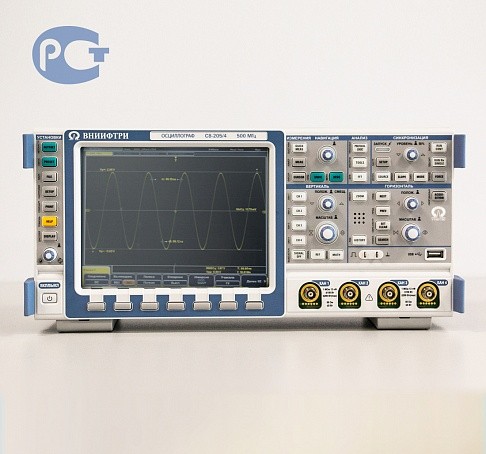
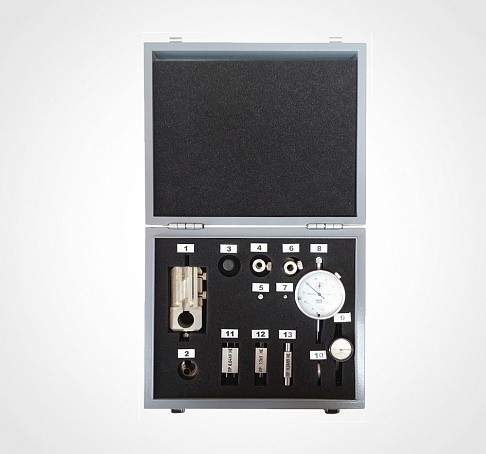
Kit for measuring coaxial connectors KISK-7M
from
178 000 ₽
VNIIFTRI
Mendeleevo
Produced in: Mendeleevo, Moscow region
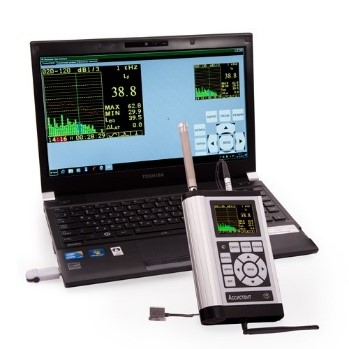
AWP (automated workplace) for measuring noise and vibration
Automated workplace for measuring noise, vibration, processing results and registration of protocols. It is equipped with a laptop with a pre-installed set of programs.
NMT-ZASHCHITA
Moscow
Produced in: Moscow
